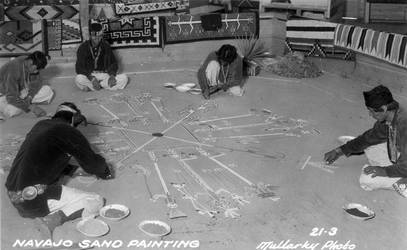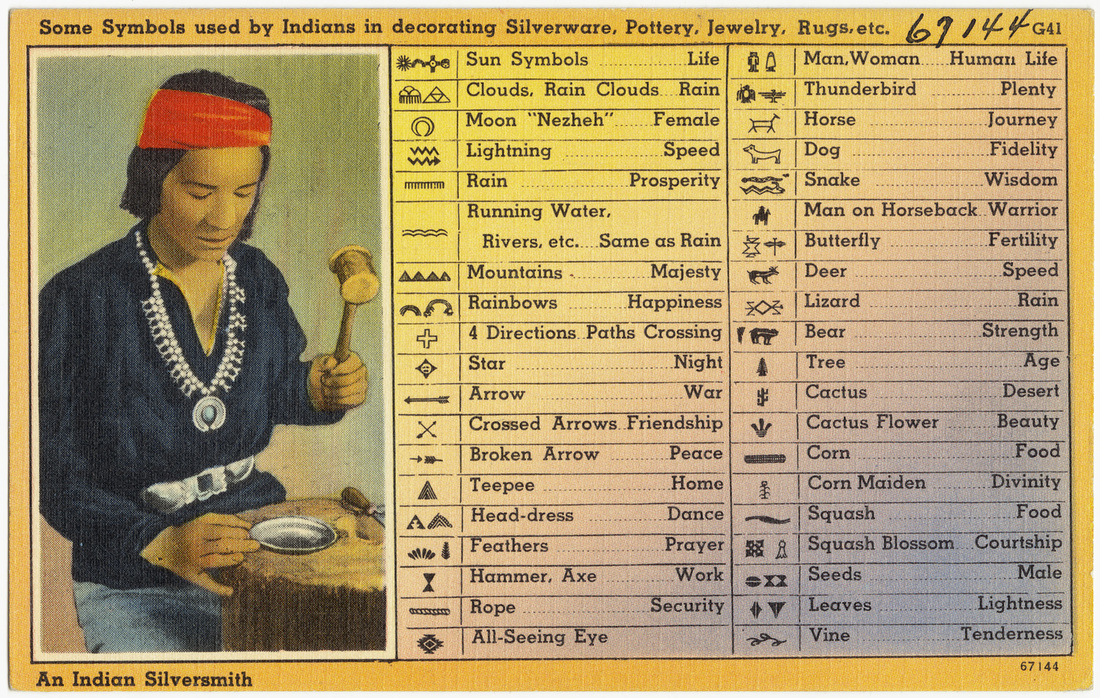Finding Meaning in Art from Around the World
- I can describe the message that is being shown in a work of art.
- I can describe how different cultures use art to record history and stories.
- I can create a work of art using a technique or style similar to one of the cultures that I studied.


